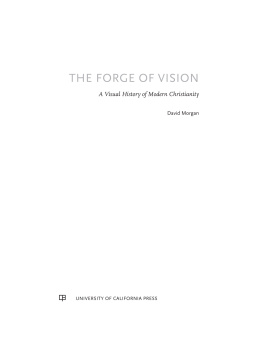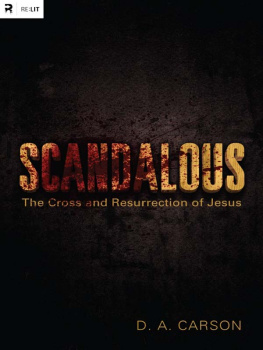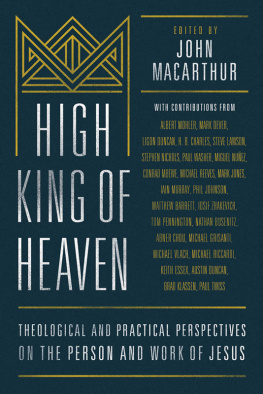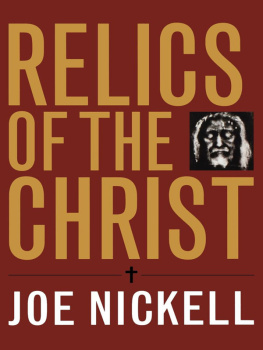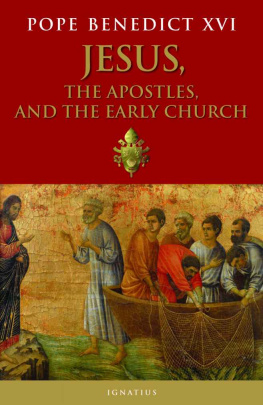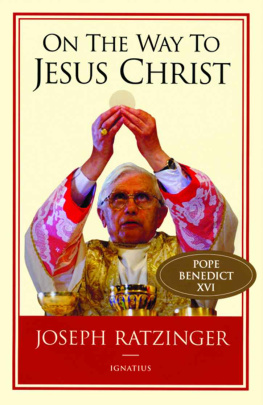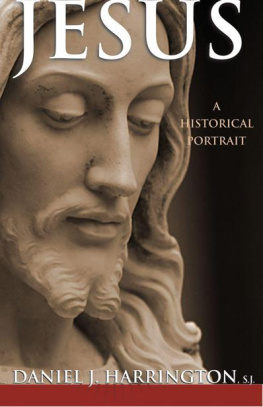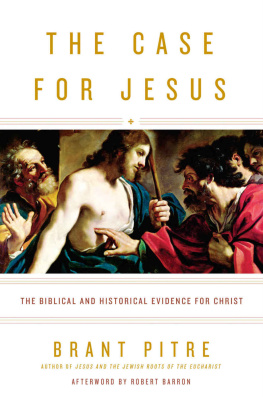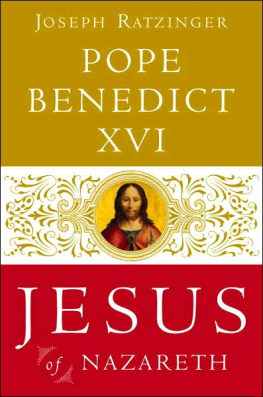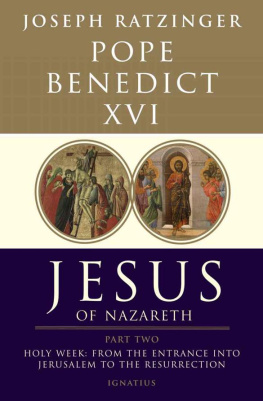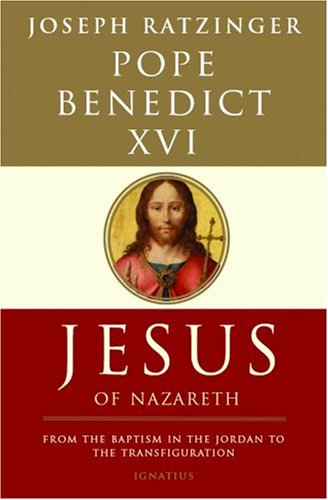

CONTENTS
INTRODUCTION:
AN INITIAL REFLECTION ON THE MYSTERY OF JESUS

ABBREVIATIONS
The following abbreviations are used for books of the Bible:
Acts | Acts of the Apostles |
Amos | Amos Bar Baruch |
1 Chron | 1 Chronicles |
2 Chron | 2 Chronicles |
Col | Colossians |
1 Cor | 1 Corinthians |
2 Cor | 2 Corinthians |
Dan | Daniel |
Deut | Deuteronomy |
Eccles | Ecclesiastes |
Eph | Ephesians |
Esther | Esther |
Ex | Exodus |
Ezek | Ezekiel |
Ezra | Ezra |
Gal | Galatians |
Gen | Genesis |
Hab | Habakkuk |
Hag | Haggai |
Heb | Hebrews |
Hos | Hosea |
Is | Isaiah |
Jas | James |
Jer | Jeremiah |
Jn | John |
1 Jn | 1 John |
2 Jn | 2 John |
3 Jn | 3 John |
Job | Job |
Joel | Joel |
Jon | Jonah |
Josh | Joshua |
Jud | Judith |
Jude | Jude |
Judg | Judges |
1 Kings | 1 Kings |
2 Kings | 2 Kings |
Lam | Lamentations |
Lev | Leviticus |
Lk | Luke |
1 Mac | 1 Maccabees |
2 Mac | 2 Maccabees |
Mal | Malachi |
Mic | Micah |
Mk | Mark |
Mt | Matthew |
Nahum | Nahum |
Neh | Nehemiah |
Num | Numbers |
Obad | Obadiah |
1 Pet | 1 Peter |
2 Pet | 2 Peter |
Phil | Philippians |
Philem | Philemon |
Prov | Proverbs |
Ps | Psalms |
Rev | Revelation (Apocalypse) |
Rom | Romans |
Ruth | Ruth |
1 Sam | 1 Samuel |
2 Sam | 2 Samuel |
Sir | Sirach (Ecclesiasticus) |
Song | Song of Solomon |
1 Thess | 1 Thessalonians |
2 Thess | 2 Thessalonians |
1 Tim | 1 Timothy |
2 Tim | 2 Timothy |
Tit | Titus |
Tob | Tobit |
Wis | Wisdom |
Zech | Zechariah |
Zeph | Zephaniah |
The following abbreviations are used from time to time:
ATD: Das Alte Testament Deutsch, ed. Volkmar Herntrich and Artur Weiser, Gttingen, 1949. This is a famous commentary in German on the Old Testament. The figures that follow the abbreviation indicate the volume number and the page number.
CSEL: Corpus Scriptorum ecclesiasticorum latinorum, Vienna, 1866. Like the more famous Patrologia latina, this is a collection of Christian sources in Latin.
PG: Patrologia Graeca, ed. Jacques-Paul Migne, 161 vols., Paris, 18571866. This is a collection of ancient Christian sources in Greek.
RGG: Die Religionen in Geschichte und Gegenwart, Tbingen, 19091913; 2nd ed., 19271932; 3rd ed., 1956ff. Some articles were contributed to this last edition by the young Professor Ratzinger.
TDNT: Theological Dictionary of the New Testament, ed. G. Kittel and G. Friedrich, 10 vols., Eerdmans, Grand Rapids, 196476.
Publishers Note
The Revised Standard Version (RSV) is the preferred translation for Scriptural quotations within the text. In some instances, however, in order to reflect as clearly as possible the verbal associations emphasized by the author, it has been necessary to translate directly from the original biblical text.

FOREWORD
This book about Jesus, the first part of which I am now presenting to the public, has had a long gestation. When I was growing upin the 1930s and 1940sthere was a series of inspiring books about Jesus: Karl Adam, Romano Guardini, Franz Michel Willam, Giovanni Papini, and Henri Daniel-Rops were just some of the authors one could name. All of these books based their portrayal of Jesus Christ on the Gospels. They presented him as a man living on earth who, fully human though he was, at the same time brought God to men, the God with whom as Son he was one. Through the man Jesus, then, God was made visible, and hence our eyes were able to behold the perfect man.
But the situation started to change in the 1950s. The gap between the historical Jesus and the Christ of faith grew wider and the two visibly fell apart. But what can faith in Jesus as the Christ possibly mean, in Jesus as the Son of the living God, if the man Jesus was so completely different from the picture that the Evangelists painted of him and that the Church, on the evidence of the Gospels, takes as the basis of her preaching?
As historical-critical scholarship advanced, it led to finer and finer distinctions between layers of tradition in the Gospels, beneath which the real object of faiththe figure [Gestalt] of Jesusbecame increasingly obscured and blurred. At the same time, though, the reconstructions of this Jesus (who could only be discovered by going behind the traditions and sources used by the Evangelists) became more and more incompatible with one another: at one end of the spectrum, Jesus was the anti-Roman revolutionary workingthough finally failingto overthrow the ruling powers; at the other end, he was the meek moral teacher who approves everything and unaccountably comes to grief. If you read a number of these reconstructions one after the other, you see at once that far from uncovering an icon that has become obscured over time, they are much more like photographs of their authors and the ideals they hold. Since then there has been growing skepticism about these portrayals of Jesus, but the figure of Jesus himself has for that very reason receded even further into the distance.
Next page

